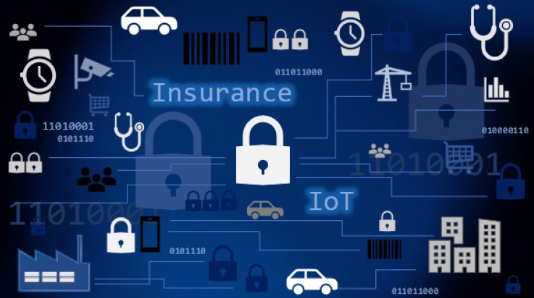Transforming Insurance Claims Processing with IoT-Enabled Applications
Transforming Insurance Claims Processing with IoT-Enabled Applications
13 June 2023
The protection industry is no stranger to manual and time-consuming claim-handling strategies. With the approach of the Internet of Things (IoT), there’s a huge opportunity to robotize and streamline claims preparation, driving quicker and more proficient settlements. In this web journal, we’ll investigate how IoT-enabled applications can revolutionize the protection industry by consequently preparing claims, improving client involvement, and making strides in operational proficiency.
Real-time Information Collection and Examination
One of the key points of interest of the IoT in protection claim handling is the capacity to gather real-time information from associated gadgets and sensors. For example, within the car protection segment, telematics devices installed in vehicles can capture data on almost every driving behavior, such as speed, increasing speed, and braking designs. On the occasion of a mishap, this information can be naturally transmitted to the guarantors, providing pivotal data for a claim evaluation.
Essentially, in property protection, IoT gadgets like savvy domestic sensors can distinguish episodes such as fire, water spills, or break-ins. This information can be immediately transmitted to the protection company, activating a claim handle and permitting quick action to relieve and encourage harm. By leveraging this real-time information, safeguards can assist in claim preparation, diminish the requirement for manual review, and make more exact appraisals. This not only spares time for both guarantees and policyholders but also minimizes the potential for extortion, as the information gives an objective account of the occurrence.
Streamlined Claims Announcing and Documentation
IoT-enabled applications can streamline the claim announcement process for policyholders. Portable apps or web entries can be created, permitting clients to effortlessly archive and yield claims using their associated gadgets. On occasion, in the case of a car mishap, the app can incite the policyholder to capture photographs of the harm, give points of interest about the occurrence, and naturally send the data to the backup plans. This streamlined claim detailing preparation disposes of the requirement for broad printed material, decreases manual information passage blunders, and quickens the start of the preparation of the claim. Policyholders can helpfully yield claims anytime, anywhere, upgrading client fulfillment and engagement.
Robotized Claims Evaluation and Settlement
IoT-enabled applications can join artificial intelligence (AI) calculations to mechanize claim evaluation. By analyzing the collected information and comparing it against predefined rules, the application can determine the legitimacy of the claim and calculate the settlement sum. In the case of a car protection claim, AI calculations can analyze the telematics information, evaluate the seriousness of the mishap, and calculate the repair costs naturally.
Computerization decreases the requirement for human mediation in scheduled claim appraisals, resulting in speedier turnaround times and improved operational effectiveness. Guarantees can designate their assets more successfully, focusing on complex claims that require human ability, whereas scheduled claims are prepared quickly and precisely.
Moved forward Extortion Discovery
Protection extortion could be a critical challenge for the industry, resulting in considerable budgetary misfortunes. Be that as it may, IoT-enabled applications can offer assistance in recognizing and avoiding false claims. By leveraging real-time information from associated gadgets and comparing it with authentic designs, guarantees can distinguish suspicious exercises or irregularities. For instance, in well-being protections, wearable gadgets can screen a policyholder’s vital signs and activity levels. If there’s proof of false movements, such as manufactured therapeutic crises, the IoT application can caution the safety net providers, activating an examination. By employing IoT-powered extortion location components, guarantees can essentially decrease misfortunes due to fraudulent claims, thereby ensuring their footing and guaranteeing reasonable premiums for genuine policyholders.
Conclusion
The integration of IoT technology in protection claim handling has the potential to revolutionize the industry. By leveraging real-time information, streamlining claims announcement, mechanizing appraisal, and upgrading extortion locations, IoT-enabled applications can provide consistent and effective claims involvement for both safeguards and policyholders. Guarantees can take advantage of diminished preparation times, make strides in operational proficiency, and improve client fulfillment. Policyholders, on the other hand, can appreciate rearranged claims detailing preparation, quicker settlements, and greater straightforwardness. As IoT progresses in development, it will be able to anticipate and encourage advancements in claim preparation, clearing the way for a more streamlined and customer-centric protection industry. The transformative power of IoT in protection claims administration is irrefutable, and grasping this innovation is significant for remaining competitive within the advancing computerized scene.


